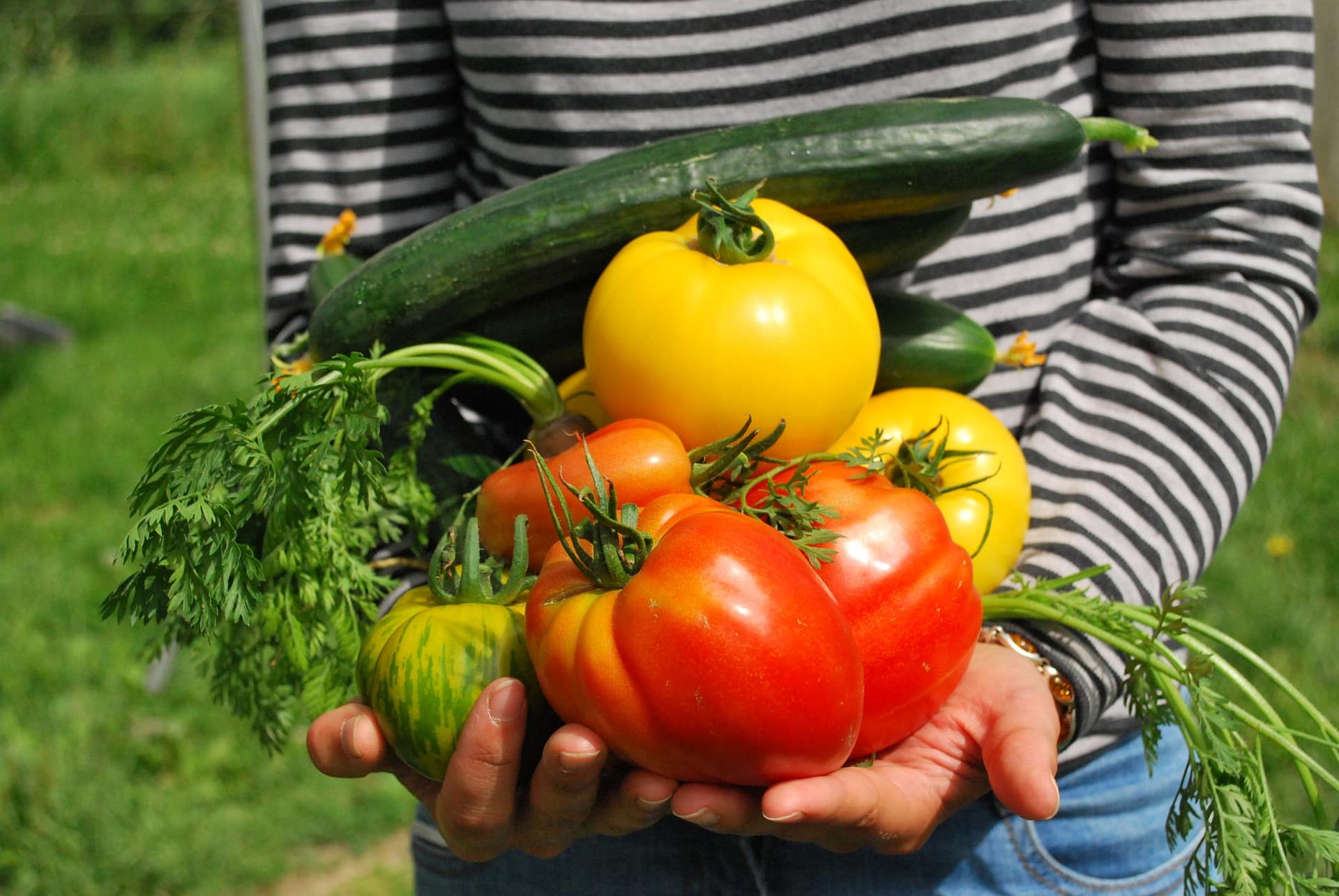As I travel to various seed industry meetings to promote the value of seed innovations, I often hear people say, “we don’t have any intellectual property, that’s just the big seed companies.” Unfortunately, this is a common misconception throughout the seed industry and results in a vast number of organizations not understanding, and subsequently not identifying and protecting their intellectual property. Many people often think of patents and plant variety protection when they think of intellectual property, but it is important to remember that trademarks, copyrights, domain names, and trade secrets also bring value to seed organizations.
This article will be the first in a series from the Seed Innovation and Protection Alliance where we will discuss additional forms of intellectual property that benefit a number of sectors of the seed industry, including integrated seed companies, seed dealers and brokers, seed producers, seed treatment companies, universities and services providers.
Trademarks
To start, a trademark is a word, symbol, sound or device, which serves to indicate the source of seed, plants, fruit or other products or services. Based on the goodwill or the reputation of the products or services provided with a trademark, the consumer has an impression of what to expect from those products or services. As the market becomes ever increasingly saturated with similar and competing products and services, a good trademark helps the consumer to wade through the clutter and quickly recognize what they are looking for based on their association with that company’s mark.
In the seed industry, trademarks are often discussed as “brands”, harking back to the original cattle and horse brands. Trademarks are used throughout the industry to identify a wide range of products or services from a specific organization to lines of products and services. As an example of how trademarks are used in the seed industry, let’s use a fictional company called Medicine Bow Seeds (MBS) that sells a number of hybrid corn varieties under the product line French Creek and a number of soybeans varieties under the product line Brush Creek.
In this example, the words Medicine Bow Seeds may actually be a trademark that is used to indicate MBS as the source of all of their seed products, while French Creek may be a trademark used to designate MBS’s hybrid corn lines with Brush Creek used to designate MBS’s soybean lines.
In the United States, the owner of a trademark has the right to prevent others from using the same or a confusingly similar mark for the same or similar products or services, such as piggybacking on the reputation of another seed company’s brand recognition. There are two
forms of trademark rights in the U.S., common law and federal rights. Common law rights are based upon actual use of a mark in commerce and extend to the locations where a mark has actually been used. An organization who wants to provide notice of their common law rights may use the ™ symbol with the mark.
So, with our fictional company, MBS may start using the ™ symbol on the Medicine Bow Seeds™, French Creek™ and Brush Creek™ marks as soon as they start using the marks in commerce.
On the other hand, Federal trademark rights are provided through the registration of your trademark with the U.S. Patent and Trademark Office. Federal trademark rights provide the trademark owner with rights across the entire US and once a mark is registered, allows the trademark owner with the right to use of the ¨ symbol.
Going back to our fictional company, if MBS chooses to file an application with the USPTO to register the French Creek mark, once the mark is registered, then they can start using the ¨ symbol, such as French Creek¨.
Identifying trademarks and their value to your organization is an important first step. After that, it is vital for an organization to set up systems to protect and maintain its trademark rights, failure to properly maintain a mark can result in the loss of rights to a very valuable mark. For more details on trademarks, including steps for protecting your trademarks, maintaining or licensing trademarks or even enforcement of your trademarks rights, contact the SIPA program by visiting the SIPA website at www.seedipalliance.com or contacting James Weatherly at jamesw@seedipalliance.com.












